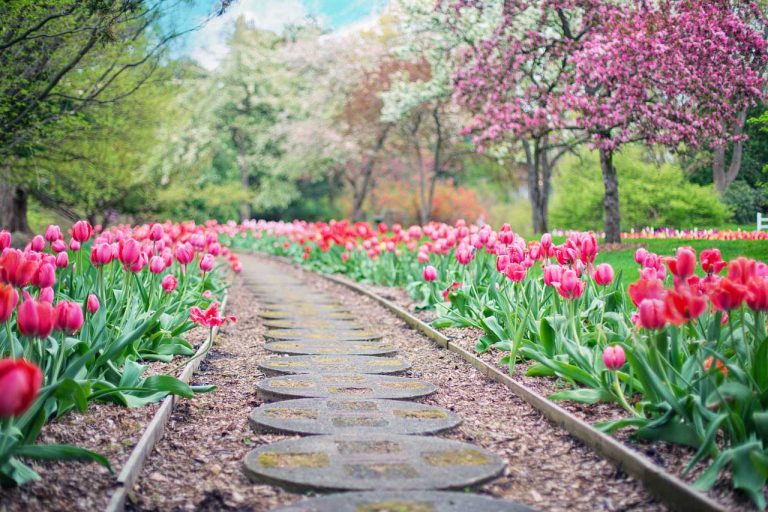When does the blooming phase start?
Flower stage outdoors
Outdoor plants typically begin to flower, which involves the growth of buds, when the days become shorter, usually in Autumn.
Blooming stage indoors
For indoor Cannabis plants to enter the blooming stage, the photoperiod must be shifted to a timetable of 12 hours of light and 12 hours of darkness.
An autoflowering strain does not require a photoperiod change and will start blooming after a four-week vegetative phase.
How long does the blooming stage last?
The blooming stage may vary from one strain to another.
The blooming phase usually lasts between 8 and 11 weeks, depending on the strain. It can be divided into weeks or three steps. Indica strains usually take about eight weeks, but it can take up to ten weeks. Sativa strains may take up to 10-12 weeks, and hybrid strains will take around 6-10 weeks to produce buds.
How do I determine the plant’s sex?
Here’s a quick visual guide to help you determine if your Marijuana plant is male, female, or hermaphrodite. For more details and tips on how to identify a Cannabis plant’s gender, read our full article on identifying the sex of a Cannabis plant.
Basic requirements for blooming Cannabis plants
Lighting
Light plays an essential role all throughout the life cycle of a Cannabis plant, but it’s crucial to maintain a photoperiod of 12 hours of light and 12 hours of darkness during the blooming stage. Avoid disturbing the dark periods by opening your growing environment as light contamination may slow down the budding process or cause the plant to start producing hermaphrodite flowers or even revert to the vegetative phase.
Temperature
Marijuana plants in the blooming phase thrive in temperatures between 18 ° and 26 ° C. Temperatures below this range may have adverse effects on the plant, and prolonged exposure to freezing temperatures can even kill it. Temperatures below 17 ° C may hinder plant growth, while sub-zero temperatures may cause irreparable damage to the plant. High temperatures also affect the plant negatively. Temperatures above 28 ° C might cause stunted growth, burnt leaves, excessive water evaporation, and extreme dryness, among other things.
Moisture
In addition to keeping the temperature within a warm range, it’s crucial to maintain the relative humidity in the growing environment between 40-50% during the blooming phase. Higher humidity levels can cause problems such as mold and fungi.
Nutrients for Marijuana plants in the blooming phase
The primary nutrients that a Marijuana plant needs to develop are Nitrogen (N), Phosphorus (P), and Potassium (K).
During the flowering stage, the concentrations of P and K should be gradually increased, while the N levels should be reduced. This is why there are specifically-formulated fertilizers for each stage of growth.
Other secondary nutrients that are essential for proper development are Magnesium (Mg), Calcium (Ca), and Sulfur (S). Lastly, micronutrients are required in low concentrations, such as Zinc (Zn), Manganese (Mn), Iron (Fe), Boron (B), Chlorine (Cl), Cobalt (Co), Copper (Cu), Molybdenum (Mb), and Silicon (Si).
What’s the best feeding plan or nutrient application schedule for my plant? It all depends on the grower. Remember that you need to provide these nutrients through foliar, liquid, or solid fertilizers, even when growing organically. Usually, plain soil is not enough to produce big, healthy buds.
Several fertilizer brands offer nutrient kits specifically formulated for each growth stage. Start with the dosage recommended by the manufacturer, or even ½ less to avoid saturation, and gradually increase the amounts until the desired results are achieved.
Watering
Water your plant regularly with clean, safe water. Using chlorine-free or filtered water can yield better results. Avoid overwatering and make sure there’s good drainage. How do you know when to water a Cannabis plant? A good test is to stick your finger an inch or a few centimeters into the soil, and if it’s dry, water the plant.
Ventilation and Airflow
Ventilation and airflow are essential for Cannabis plants to thrive and grow healthy. During the blooming stage, they need air not only to breathe and grow their bodies, but also to prevent the formation of mold, fungi, and rot. A good fan can move the air inside your growing environment, but avoid pointing it directly at the buds. An exhaust fan is excellent for increasing ventilation and air movement. It also helps lower humidity. If the exhaust fan is not enough, a dehumidifier is the best and easiest solution for keeping humidity at the right level.
pH Levels
The pH levels should remain between 6.5 and 7 when growing in soil, as most nutrients are available to the plant in this pH range. pH levels outside of this range may lead to nutrient deficiencies and toxicities, even if nutrients are present in the soil.
Container Size
The plant’s container size must relate to the plant’s size. Are you growing in your garden soil, pots with soil, buckets, or hydroponically? The larger the container, the greater the chance of getting a bigger plant. Remember to transplant your plant before the flowering stage begins to avoid stressing the plant or accidentally damaging it.
